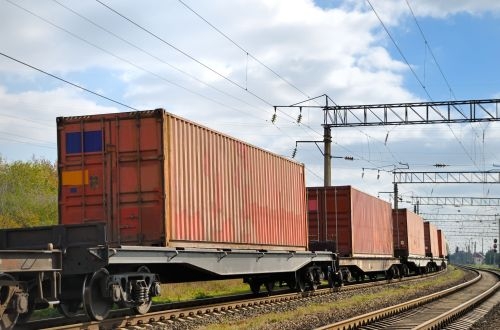Russian Railways (RZD) president Mr Oleg Belozerov, who was speaking at 24th plenary meeting of the Coordinating Council on Trans-Siberian Transport (CCTT), says that revisions to tariff regulations approved by CCTT is underpinning the increase.
Specifically in 2014 the rate for 40-foot containers to and from China via the Brest border crossing fell by 42%, a condition that has remained in 2015. In addition this year the rate for 20-foot containers to and from China is SFr 288 ($US 287) down from SFr 576 previously.
Overall intermodal traffic on the Trans-Siberian actually fell in the first nine months by 8% year-on-year to 1.2 million TEUs with around half of this international traffic. The railway carried 2 million TEUs in 2014, including 750,000 on international services.
However, in spite of these falls, Belozerov says carriers are providing new services and increasing the number of available routes for delivery. In addition, RZD is implementing several infrastructure improvement schemes in the east, including opening a new 54km dual-gauge line from Khasan to Rason in North Korea, and constructing a new port in Rason. It is also upgrading infrastructure to increase line speeds and capacity with the goal of carrying an additional 66 million tonnes of freight per year.
"Our goal is to make the transport of goods along the Trans-Siberian route reliable, fast, and cheap for our customers," Belozerov says.
Belozerov adds that revisions to customs procedures is underway, including through the CCTT E-Train project, which is applying mobile navigation and automation to simplify and expedite customs procedures at border stations.
"The development of the Trans-Siberian Railway as a route of international significance should be comprehensive, taking into account the needs of both market participants and new technological possibilities," Belozerov says. "Only in this way can competitive transcontinental routes and the increased role of national railway companies be achieved."

